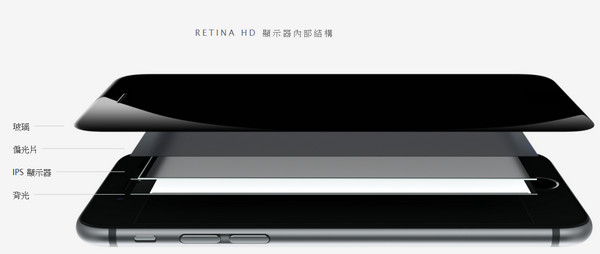Tim Bajarin, President of U.S. market intelligence company Creative Strategy, refuted an earlier report by PTT Research Senior Analyst Matt Margolis that Apple dropped sapphire substrate last minute because of Chinese sapphire glass processing manufacturers Biel Crystal and Lens Technology’s low yield rates.
Apple never planned to use sapphire in iPhone 6 to begin with, wrote Bajarin in a Times report. He also projected sapphire glass will not turn up in future smartphone models, due to manufacturing difficulties and costs involved. Sapphire glass is still about 10 times more expensive than Corning’s Gorilla Glass.
 |
|
The sapphire-glass free iPhone 6. Tim Bajarin claims Apple never planned to incorporate the material in iPhone 6 to begin with. (Photo Courtesy of Apple) |
To sum up Bajarin’s argument, he noted sapphire properties make it an unideal material for a lighter and more energy efficient smartphone. Sapphire is about 30 percent denser than glass, not exactly an ideal material if Apple is trying to make a larger and lighter device. He also observed the manufacturing process for 10 million sapphire PCS should have taken place six months ago.
Additionally, sapphire does not transmit light as well as glass, which indicates it would require more energy to achieve the same brightness, consuming more energy and depleting battery power much faster in the process. Bajarin also noted it anti-reflection solutions could be easily added in glass, but only as a thin layer on sapphire glass that could easily wear off.
While sapphire glass is very hard it is also much more inflexible and brittle than glass, which makes it more likely to crack when dropped, explained Bajarin. The properties of glass, especially chemically strengthened Corning Gorilla glass enables the glass to flex and absorb the impact.
"All of us," Bajarin wrote, "need to be more careful before jumping to conclusions in areas like this."
GT Advanced Technology (GTAT) stocks have tumbled after Bajarin’s report was published. The sapphire manufacturer’s stock value has dropped 41 percent to US $11.41 as of Sept. 18, 2014 (Taipei Time) compared to its previous peak in July 2014.












